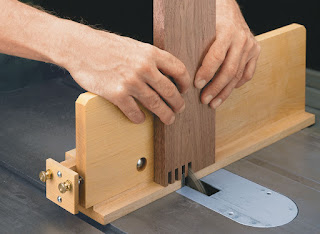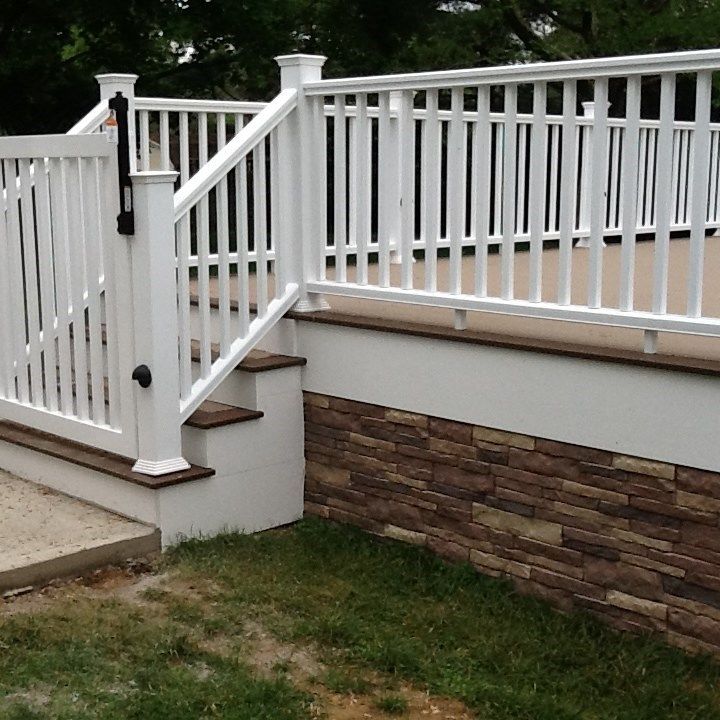Unlocking Precision: The Best DIY Jig Plans for Your Woodworking Projects
Tired of imprecise cuts and frustrating woodworking mishaps? The key to elevating your projects from amateur to professional lies in mastering the art of jigs. These simple yet ingenious tools transform your workshop, allowing for repeatable accuracy and significantly reducing the margin for error. This article explores some of the best DIY jig plans, empowering you to build your own precision instruments and take your woodworking skills to the next level.
Essential Jigs Every Woodworker Should Master
Before diving into complex designs, it's crucial to build a foundation with a few essential jigs. These versatile tools form the bedrock of efficient and accurate woodworking. Let's explore three fundamental jigs that will immediately improve your workflow and project quality.
The Simple Doweling Jig
Creating perfectly aligned dowel joints is a breeze with a homemade doweling jig. This jig simplifies the process of drilling precise holes for strong and invisible joints. You'll need a piece of hardwood (maple or oak work well), a drill press, and some appropriately sized drill bits and dowels. Start by accurately marking the desired dowel spacing on your jig. Then, drill pilot holes using a Forstner bit, ensuring the holes are perfectly perpendicular. Clamp your workpieces to the jig, align them with your marked holes, and drill! You'll be amazed at the consistency and speed this jig provides. Remember to use a fence for repeatability.
The Robust Crosscut Sliding Jig
Achieving perfectly square crosscuts, especially on smaller pieces, can be challenging. A crosscut sliding jig resolves this problem. Construct this jig using sturdy plywood or MDF, ensuring perfectly square cuts in the base. Incorporate a smooth-sliding mechanism using friction-reducing materials like Teflon or UHMW polyethylene. Attach a fence to provide consistent alignment and accuracy, and mount the jig securely to your saw. The result? Effortless and precise crosscuts every time.
The Versatile Pocket Hole Jig
Pocket hole joinery is a game-changer for assembling projects quickly and efficiently. Though commercially available jigs are common, building your own is surprisingly straightforward and allows for customization. Use a piece of hardwood, and carefully drill angled pilot holes using a router bit (following precise measurements is critical here!) and a guide bushing. Once complete, you'll be able to effortlessly create strong, hidden joints for furniture, boxes, and a vast array of projects.
Advanced Jigs for the Discerning Woodworker
Once you've mastered the basics, explore these more advanced jigs to tackle complex projects with unparalleled precision. These require more planning and execution but offer significant advantages.
The Mortise and Tenon Jig
Creating accurate mortise and tenon joints is a hallmark of fine woodworking. Building a jig simplifies this challenging task. This jig can be designed with adjustable stops to accommodate varying tenon sizes, utilizing a router or drill press to precisely cut the mortises. Precision is paramount when creating this jig, ensuring perpendicularity and accurate spacing are key to success. The time invested in building this jig will be repaid tenfold with perfectly aligned joints.
The Multi-Purpose Router Jig
A versatile router jig can handle various routing tasks, including edge profiling, dadoes, and rabbets. The design can incorporate interchangeable bushings and fences to cater to various routing needs. Building a jig that incorporates multiple functionalities (consider incorporating features like adjustable fences and depth stops) maximizes its usability and saves you from constructing separate jigs for each task.
Remember, the best DIY jig plans are those that meet your specific needs and woodworking style. Experiment, refine your designs, and enjoy the precision and satisfaction that comes from using your own custom-built tools.


















